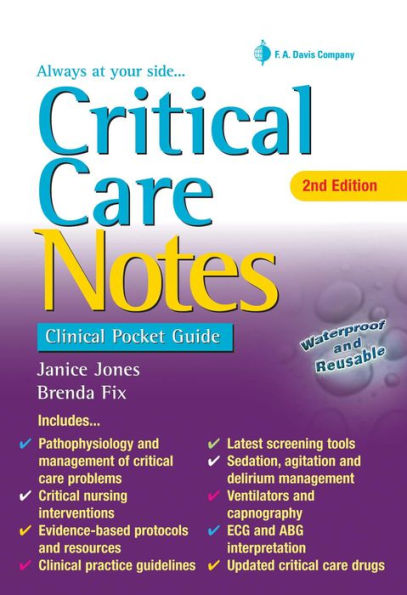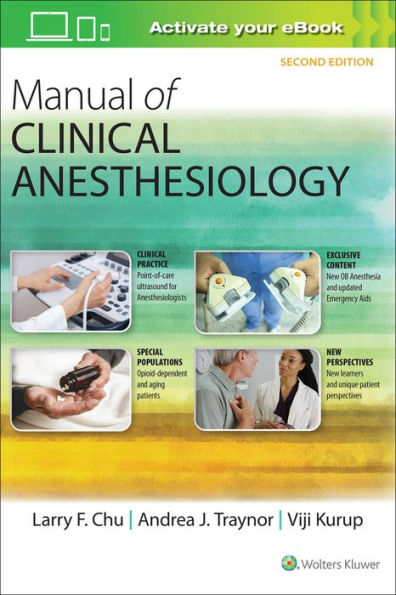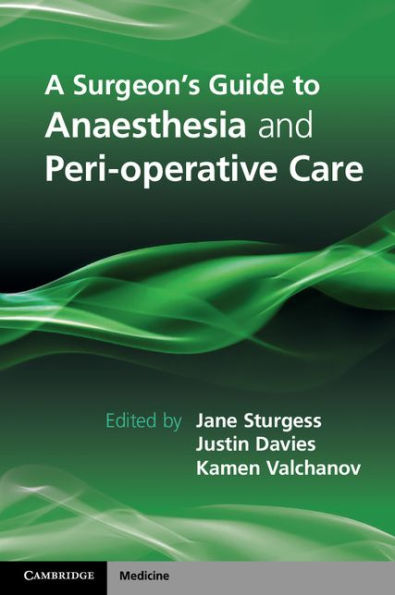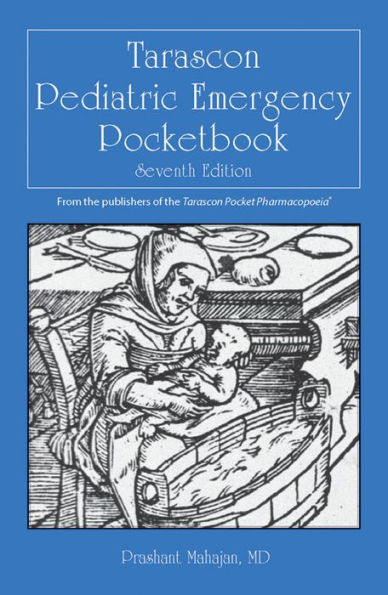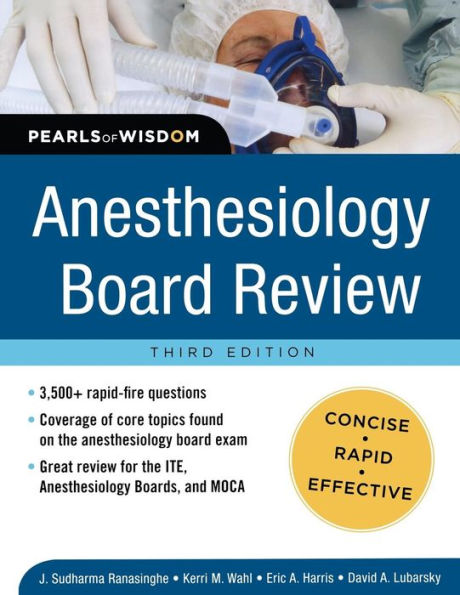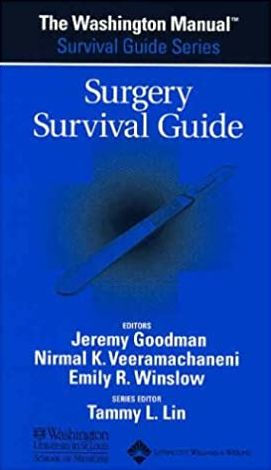Home
Anesthesiology CA-1 Pocket Survival Guide
Barnes and Noble
Anesthesiology CA-1 Pocket Survival Guide
Current price: $43.99
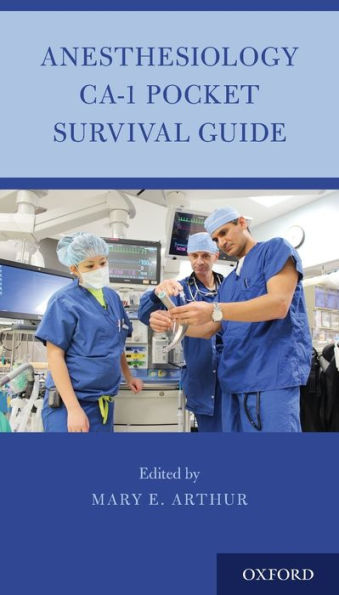

Barnes and Noble
Anesthesiology CA-1 Pocket Survival Guide
Current price: $43.99
Size: OS
Loading Inventory...
*Product information may vary - to confirm product availability, pricing, shipping and return information please contact Barnes and Noble
During the transition from the clinical base year to the first clinical anesthesia year (CA-1), the resident finds himself transforming from a bright and confident intern to an entirely unprepared anesthesiology resident surrounded by unfamiliar equipment and drugs and confronted by patients with acute and dynamically changing physiologies. This book is a concise step-by-step ready reference manual which will help interns to transition smoothly to life in the operating room within the first few months.
Anesthesiology CA-1 Pocket Survival Guide
will flatten the learning curve and improve the comfort level of trainees entering the OR for the first time. Intended to help provide a smooth transition from intern to resident anesthesiologist, it highlights information to seek out during the orientation period. It provides easy-to-follow instructions for such common tasks as preparing the anesthesia machine, positioning the patient, and entering information into the electronic management system (EMS) and suggests how to obtain and organize a patient's preoperative information to present to the attending anesthesiologist.
Anesthesiology CA-1 Pocket Survival Guide
will flatten the learning curve and improve the comfort level of trainees entering the OR for the first time. Intended to help provide a smooth transition from intern to resident anesthesiologist, it highlights information to seek out during the orientation period. It provides easy-to-follow instructions for such common tasks as preparing the anesthesia machine, positioning the patient, and entering information into the electronic management system (EMS) and suggests how to obtain and organize a patient's preoperative information to present to the attending anesthesiologist.
